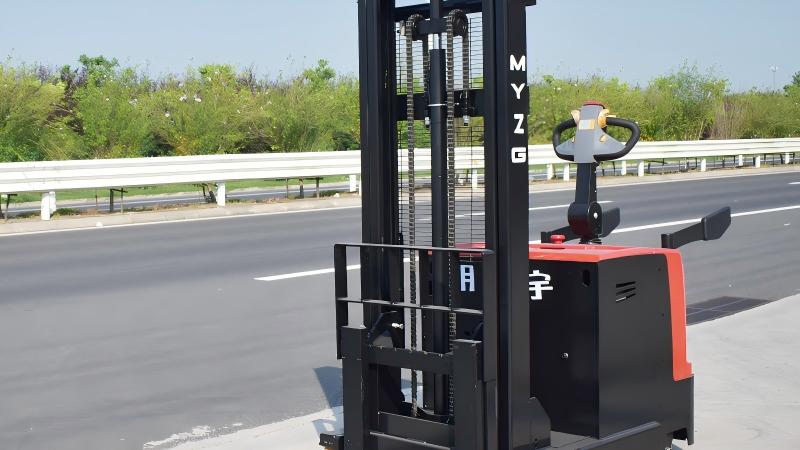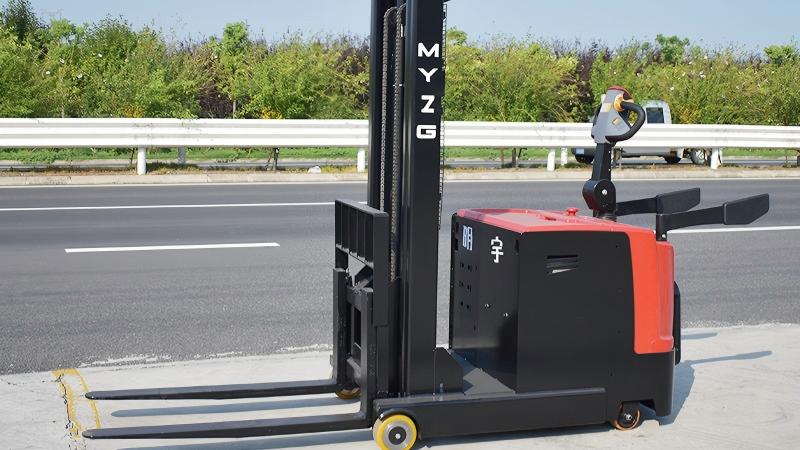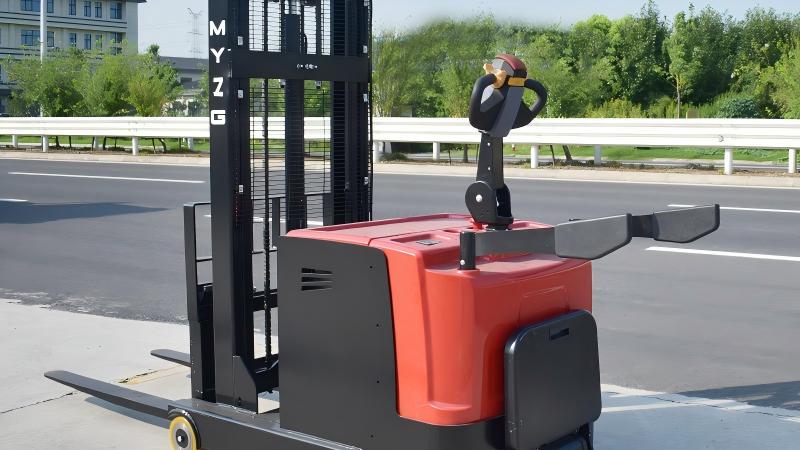The maximum lifting height of an electric stacker represents a significant advancement in material handling technology, offering enhanced capabilities far beyond those of manual counterparts. Unlike manual stackers that rely on human force for elevation, electric stackers utilize efficient battery-powered motors to effortlessly lift heavy palletized loads to considerable heights. This powered mechanism fundamentally changes the operational dynamics, allowing for maximum lifting heights that typically range from 2.5 meters (approximately 98 inches) to over 5 meters (approximately 197 inches) in high-lift models. This extended vertical reach is a game-changer for warehouse management, enabling businesses to fully utilize their cubic space by stacking goods three, four, or even five pallets high. The electric stacker thus becomes a critical tool for achieving high-density storage, which is essential for operations with limited floor space. The integration of a powered lift system not only increases the potential height but also does so with dramatically reduced physical strain on the operator, marrying the concepts of high performance and workplace ergonomics. This makes the electric stacker an indispensable asset in modern logistics, where efficiency and space optimization are directly tied to profitability and operational throughput.
The engineering behind an electric stacker's impressive lifting height is centered on its robust mast assembly and powerful drive system. The mast, often a multi-stage telescopic design fabricated from high-strength steel, provides the structural integrity needed to guide the forks smoothly and stably to their maximum extension, even under full load. The electric motor, powered by a rechargeable battery pack, drives a hydraulic pump that generates the necessary force to elevate the load. This system is controlled via an intuitive interface, usually located on the handle, allowing the operator to precisely manage the ascent and descent with minimal effort. The correlation between the mast's construction—specifically the number of its stages and the quality of its rollers and channels—and the stacker's maximum height is direct; more stages allow for a greater collapsed height, enabling the stacker to achieve a higher lift while remaining compact when not in use. Furthermore, manufacturers must carefully balance the maximum lifting height with the unit's overall stability, often incorporating a wider base or a counterweight system to prevent tipping when the load is elevated, a critical safety consideration that is integral to the design of any high-performance electric stacker.
When selecting an electric stacker for high-stacking applications, several factors beyond the mere maximum height specification must be meticulously evaluated to ensure optimal performance and safety. The rated load capacity is intrinsically linked to the working height; as the forks ascend, the stability of the stacker can be compromised, leading many manufacturers to specify a derated capacity at the maximum lift height. For instance, an electric stacker with a 1,500 kg capacity at a lower height might only be rated for 1,000 kg at its full 4-meter extension. Additionally, the choice of mast type is crucial. A standard simplex mast might be sufficient for moderate heights, but for operations requiring lifts above 3 meters, a duplex or triplex mast is typically necessary to maintain rigidity and control. The working environment also dictates specific needs; for use in narrow aisles or environments with low ceilings, the overall collapsed height of the stacker becomes a critical dimension. Therefore, a comprehensive understanding of these interlinked parameters—load capacity, mast type, and operational environment—is essential for selecting an electric stacker that delivers both the required vertical reach and dependable, safe operation.
Ultimately, harnessing the full lifting potential of an electric stacker is contingent upon strict adherence to safety protocols and a commitment to proper maintenance. Operating these machines at their maximum height introduces inherent risks, such as reduced visibility for the operator and a higher center of gravity, making stability paramount. Essential safety features include overload protection systems that prevent the stacker from lifting a load beyond its safe capacity, and limit switches that automatically halt the forks at the preset maximum height to prevent mechanical over-extension and potential mast damage. Regular maintenance, including inspections of the mast rollers, hydraulic seals, and battery charge levels, is non-negotiable for ensuring long-term reliability and preventing catastrophic failures. In conclusion, the maximum lifting height of an electric stacker is a powerful feature that unlocks significant warehouse potential, but it must be respected. By choosing the right model for the specific application, thoroughly training operators, and maintaining the equipment diligently, businesses can safely leverage the superior vertical reach of electric stackers to achieve new levels of storage density and operational efficiency.
Post time:Nov.20.2025



